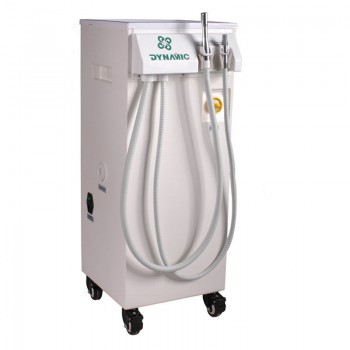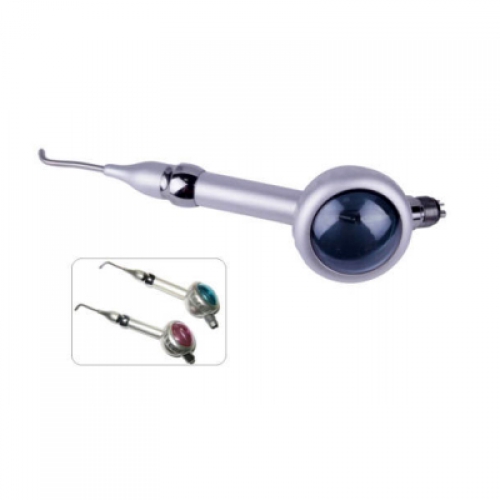There’s many different types of dental equipment that you need at your dental practice, but there’s non more important than your dental handpiece. Every dentist is dependent on the electric handpiece in order for the practice to run smoothly. .Since it’s so versatile, the tool is also happens to be quite intricate. Proper maintenance allows the handpiece to keep running safely.
High speed handpieces are also known as drills in the dental world. This tool is a power-driven tool that has speeds of 400,000 rpm and up. The drill is of course used to drill holes for fillings and assist in other types of dental work like polishing dental trays for dentures.
Electric handpiece repair doesn’t require a complete rebuilding of the tool each and every time. Most times, the parts that are causing the issues are inspected and replaced if needed.
Sometimes, factory parts are required for a repair, other times, bearings of higher ratings can be used, depending on the state of the tool itself. Each brand and variation of handpiece has a different number of bearings and gears. That’s why you need to send your most important tool to the right repair company to ensure a safe and effective repair.
Low speed handpieces rotate at reduced speeds somewhere between 0 and 80,000 rpm, depending upon the make and model. These handpieces are equipped with a speed control ring, allowing you as the user to control the speed of the ring manually.
Understanding the different types of handpieces and the parts that are involved in maintaining them. Most dental offices use high speed handpieces more often than low speed, yet both are useful. You should expect to need your high speed handpiece maintained more often due to the wear and tear on the bearings. The type of maintenance that you perform on your handpiece will also depend on the intricate parts involved on each type of tool.

